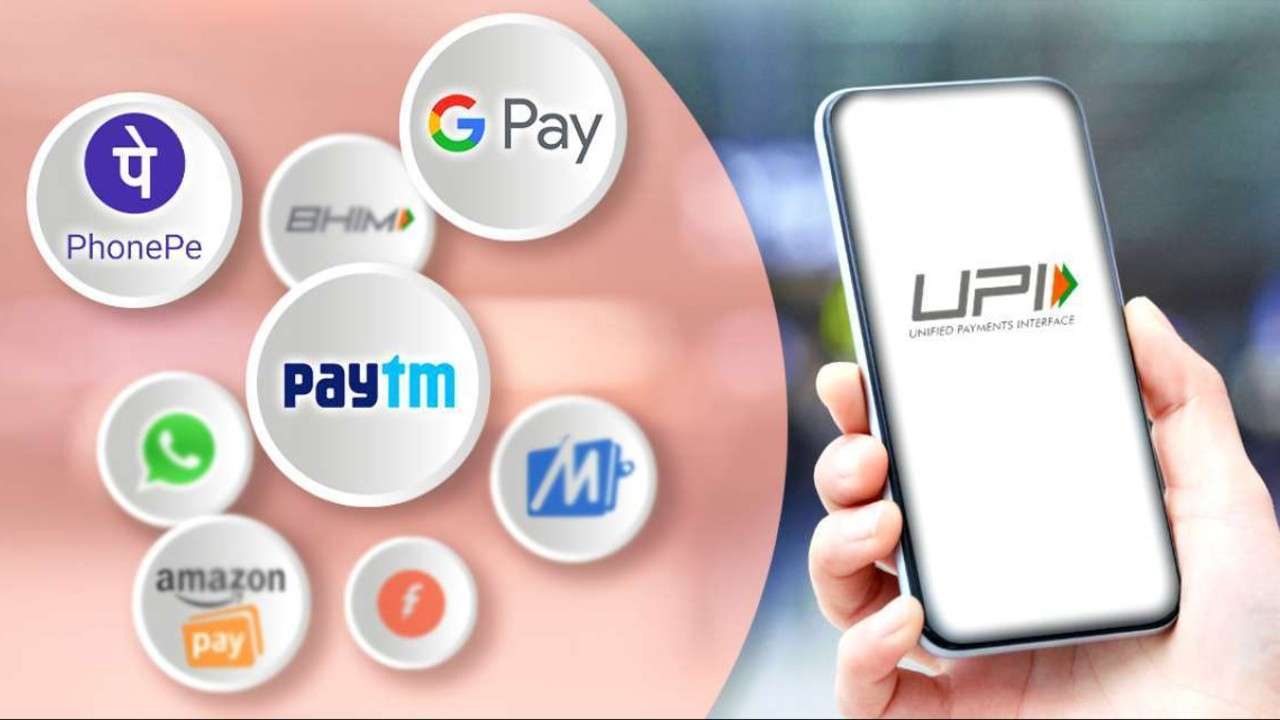Introduction: In recent years, the concept of digital currencies has gained significant traction worldwide. India, too, has witnessed a surge in the popularity of digital transactions. The introduction of the Digital Rupee has further accelerated this trend. This article provides a comprehensive guide on how to buy and utilize the Digital Rupee in India.
- Understanding the Digital Rupee: The Digital Rupee is a government-backed digital currency introduced by the Reserve Bank of India (RBI). It operates on a decentralized ledger technology, providing a secure and transparent platform for transactions. Its purpose is to enhance the efficiency, security, and accessibility of financial transactions in India.
- Purchasing Digital Rupee: To buy Digital Rupee, you can follow these steps: a) Set up a digital wallet: Choose a reputable digital wallet provider that supports the Digital Rupee. b) Complete the registration process: Provide the required personal information and verify your identity as per the wallet provider’s guidelines. c) Add funds to your wallet: Link your bank account or use other supported payment methods to add funds to your digital wallet. d) Purchase Digital Rupee: Once your wallet is funded, you can buy Digital Rupee using the available balance.
- Storing Digital Rupee: After purchasing Digital Rupee, it is essential to store it securely. Digital wallets serve as a safe storage option. These wallets utilize encryption techniques and offer two-factor authentication to protect your funds. Ensure you keep your wallet credentials confidential and consider using a hardware wallet for an added layer of security.
- Utilizing Digital Rupee: The Digital Rupee can be used for various purposes, such as: a) Online transactions: Many online platforms and merchants accept Digital Rupee as a payment method. Look for the Digital Rupee payment option during checkout. b) Peer-to-peer transfers: You can send and receive Digital Rupee directly to and from others who hold a compatible digital wallet. c) Investment opportunities: Explore investment avenues that accept Digital Rupee for purchasing assets or participating in blockchain-based projects.
- Safety Measures: To ensure a secure experience with Digital Rupee, keep the following safety measures in mind: a) Use reputable wallet providers: Choose digital wallet providers with a strong track record and positive user reviews. b) Enable two-factor authentication (2FA): Activate 2FA for your digital wallet to add an extra layer of security. c) Beware of scams: Stay vigilant against fraudulent schemes, phishing attempts, and fake wallets. Always verify the authenticity of platforms before making any transactions. d) Regularly update software: Keep your digital wallet and devices updated with the latest security patches to protect against potential vulnerabilities.
Conclusion: The Digital Rupee has emerged as a convenient and secure digital currency in India. By following the steps outlined in this guide, you can purchase Digital Rupee, store it safely, and utilize it for various transactions. Remember to prioritize security measures and stay informed about the evolving landscape of digital currencies.







